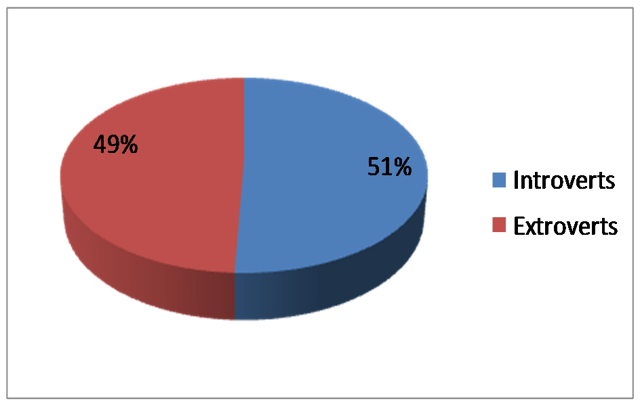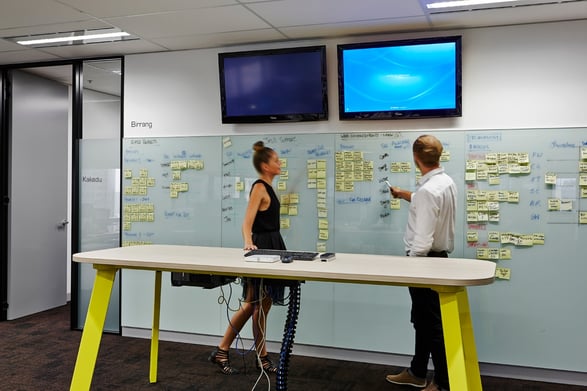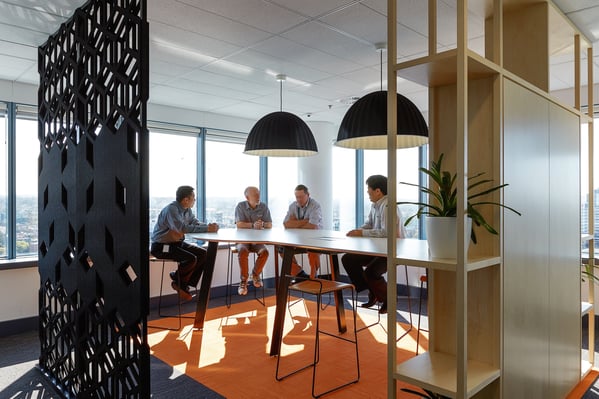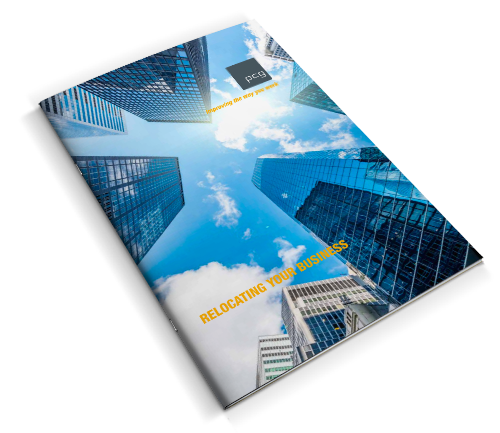“Collaboration is the best way to work. It's the only way to work, really. Everyone's there because they have a set of skills to offer across the board”, Antony Starr
Did Antony Starr just predict the future of the new workplace? Across a range of industries everyone is spouting the value of collaboration and businesses are being charmed by the philosophy of Activity Based Working (ABW). With sweet promises of collaboration, communication and employee engagement, large, open, floor plans are being swapped out for soft couches, breakout areas and huddle spaces.

But what if Activity Based Working was in fact a hidden killer of creativity?
QUEL HORREUR? It’s impossible! After all, ABW has already demonstrated benefits such as :
- Enhanced collaboration
- Increased productivity and efficiency levels
- Reduced office silos and;
- Improved work environment and employee engagement levels.
However any workplace focusing solely on collaboration is potentially underutilising the creative powers of one third to half of its employees.
Introverts, the quieter cousin of the extrovert, have significantly different patterns and ways of working to stimulate their own thought processes and creative juices. Whilst extroverts feel inspired, excited and energised by an intense, thought, throw down at the huddle table, introverts can feel overwhelmed and may find it difficult to contribute to an extrovert led conversation, and may require additional time to process concepts before being able to express their opinions in full.

Introverts Vs. Extroverts - 1998 National Representative Sample
Source: Myers, I. B., McCaulley, M. H., Quenk, N. L., & Hammer, A. L. (1998). MBTI Manual: A guide to the development and use of the
Myers-Briggs Type Indicator (3rd ed.). Palo Alto, CA: Consulting Psychologists Press.
Yet, this is not because they are uncreative. When psychologists study creative people, they quite often have a streak of introvert in them. However, introverts, including Dr Seuss, Steven Spielberg, Albert Einstein & Mark Zuckerberg require solitude, quiet space and time with their thoughts to nurture their “Aha” moments.
This need for solitude is much less understood than the need for engagement or collaboration, and quite often is described as being peculiar, or antisocial. Susan Cain, author of the Quiet Revolution: Unlocking the Power of Introverts, recently completed a Ted Talk on the topic of “The Power of Introverts”. She shared her regular experiences of being made to feel that her desire for silence was abnormal and that at work, her colleagues regularly shared the belief that “outgoing” was a more preferable personal characteristic to have. As a consequence, she consistently took actions to prove that she could fit into a collaborative or social environment.
How many other staff in a collaborative work place are also denying their instincts at the expense of their creativity? If Mark Zuckerberg had not had a quiet dorm room to retreat to, the world would be a very different place!

If this is the state of affairs, are we off-track with Activity Based Working?
The answer lives within the makeup of your organisation. ABW in theory anticipates all the tools a business needs to support both introvert and extrovert employees. A key principle of ABW is a workplace with multiple work settings which host the various activities employees may be required to undertake in their working day. This can encompass amongst other things, quiet rooms, phone booths, meeting rooms, breakout areas and yes, huddle tables for collaboration and spaces suitable for both personality types.

Yet, if your organisational culture has an emphasis more on collaboration, meetings, interactive conversations and increased communication, you may unknowingly be impacting the output of 50% of the staff who don’t flourish with this style of working. For ABW to be truly successful, collaboration should be embraced, yet equally, organisations must learn to celebrate and applaud employees that retreat for quiet time to reach their peak productivity levels. After all, if you're not, your staff members are not reaching their true potential and both of you are being ripped off.
If you’re considering adopting ABW what is the best practice to support all personality types?
Any business that is serious about implementing ABW should partner with a design firm that has considerable experience in implementing this style of working. Not only because they will bring expertise to the workplace design process, but as a third party they can also assist in the change management journey, via one-on-one group envisioning sessions with stakeholders through to web based anonymous questionnaires.

Both the organisation (management and staff) need to prepare themselves for a concurrent shift in work paradigm and culture. Questions such as “Where will I put my things during the day?” and “What if I just want to sit at my desk?” will need to be managed and addressed. Just as importantly, the C-Suite will want to identify any pre-conceived ideas of Activity Based Working, such as ABW = collaboration, more collaboration = increased creativity, and ensure they are ironed out prior to implementation.
Tackling these matters and creating a new culture prior to the introduction of ABW work practices enhances the chance of improved creativity by supporting both the introverts and the extroverts via the design and allowing them to succeed with their own unique working style.
For more information on Activity Based Working download our Whitepaper on the Subject, The Genesis of Activity Based Working.
Or watch our video on different workstyles in the workplace to begin understanding the variety of working environments staff may need.










Share your thoughts